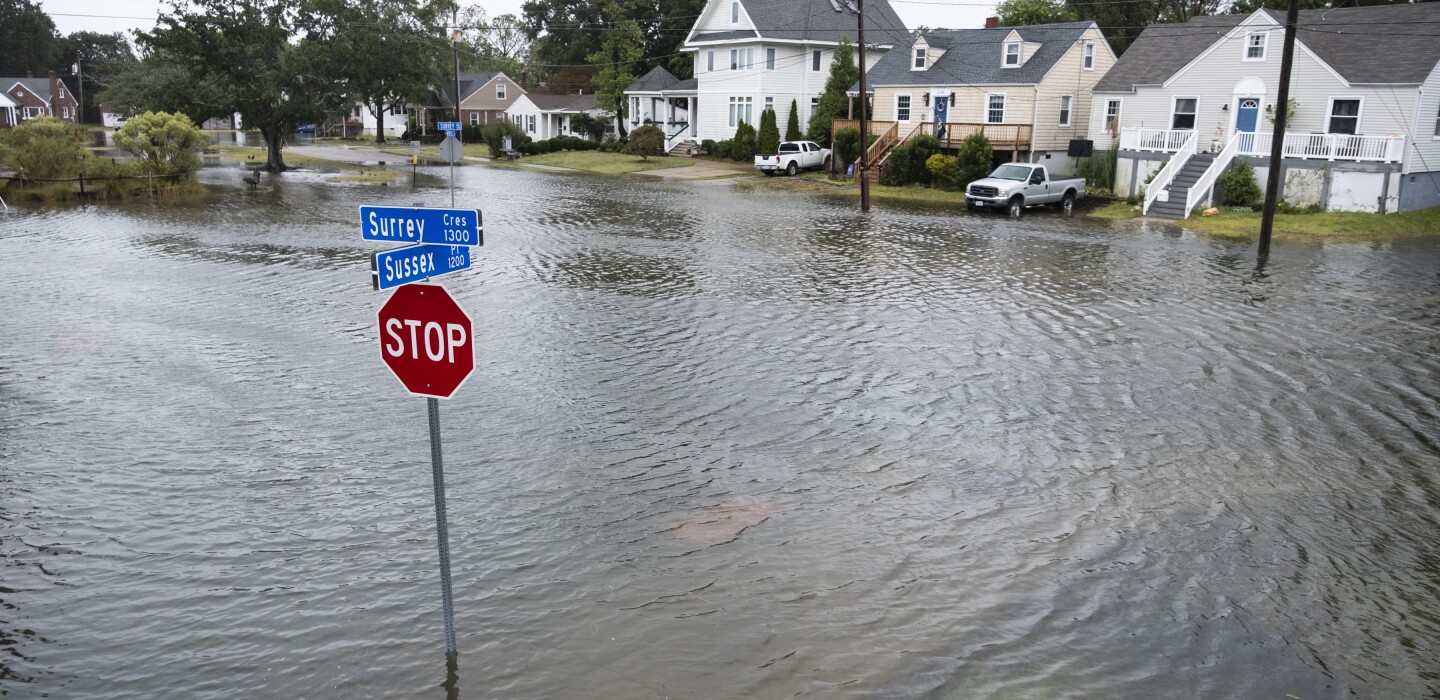
Virginia, Others Suing FEMA Over Flood Rate Increase
(TNS) – Virginia joined nine other states in a lawsuit against the federal government to prevent a rise in national flood insurance rates under a program that provides coverage for property in high-risk flood areas.
The lawsuit alleges the Federal Emergency Management Agency has adopted a new methodology — called Risk Rating 2.0, Equity in Action — for calculating flood insurance rates that will lead most policy holders’ premiums to dramatically increase. It alleges that such an increase is “deeply unjust” and will spike premiums in some areas by an average of 1000%.
“This new approach makes no sense,” states a copy of the lawsuit, which was filed Thursday by Louisiana Attorney General Jeff Landry in the New Orleans -based U.S. District Court. “While the agency paints a picture of nuanced calculations using massive data repositories that reveal a property’s individualized risks, the reality is much simpler: flood insurance is going to be much more expensive for pretty much everybody.”
Virginia Attorney General Jason Miyares was among those who signed onto the federal lawsuit. Other states involved include: Louisiana, Mississippi, Texas, Florida, Kentucky, North Dakota, South Carolina, Montana and Idaho. More than a dozen Louisiana parishes and flood control districts are also listed as plaintiffs.
The National Flood Insurance Program currently provides a total of $1.3 trillion in insurance coverage to roughly 4.7 million policyholders, most of which are residential. Thousands of homes across Hampton Roads have flood insurance coverage through the program – with about 19,000 policies in force in Virginia Beach alone, according to program data.
On its website, FEMA explains it created its new methodology using private sector data sets, catastrophe models and evolving actuarial science.
“The 1970s legacy rating methodology did not account for the cost of rebuilding a home,” the agency states. “Policyholders with lower-valued homes may have been paying more than their share of the risk while policyholders with higher-valued homes may have been paying less than their share of the risk.”
On Saturday, a Miyares spokesperson told The Virginian-Pilot the attorney general could not comment on pending litigation.
But the Virginia -specific portion of the lawsuit takes issue with the new rate plan, saying it “doesn’t recognize many mitigation efforts, nor does it clearly explain how rates are calculated based on mitigation efforts. This means that [Virginia’s] mitigation efforts don’t result in lower premiums for policyholders.”
The lawsuit goes on to state that Virginia is currently supporting 72 flood mitigation project applications totaling $560 million.
Mary-Carson Stiff, deputy director for Wetlands Watch, said the nonprofit environmental organization was surprised Virginia joined the lawsuit.
“It’s a bit perplexing because our impacts are not as severe as the other states in the lawsuit,” she said, adding the organization has been on the lookout for a news release from the attorney general’s office to explain his concerns.
Stiff said about 48 percent of Virginia’s policy holders will see an increase — but at a marginal level of no more than $10 a month.
She said some other states in the lawsuit, like Texas and Louisiana, are looking at a much sharper price hike of $79 and $70 a month, respectively.
“We don’t want to be flippant about how any increase could create an economic hardship,” she said. “But these increases are inevitable because it is expensive to insure people living in high-risk places — and we are faring far, far better than our southern counterparts.”
The Norfolk-based Wetlands Watch focuses on wetland protection and raising awareness about the impact of sea level rise.
Stiff said that some increases in coming years are expected because the National Flood Insurance program is “woefully” in debt and climate change is increasing the risk of flooding in many areas.
“There is a cost to living in high-flood areas and the sooner we start to realize what the cost is to be insured in these high risk areas, the better prepared everybody will be when the storm events happen and flood damage occurs,” she said.
Skip Stiles, executive director of Wetlands Watch, added that the problem isn’t going to get better.
“With climate change, its just going to get worse and worse,” he said. “The storms are going to last longer, they are going to be more powerful and reach (more areas). This problem is not going to go away.”
©2023 The Virginian-Pilot. Visit pilotonline.com. Distributed by Tribune Content Agency, LLC.


Average Rating